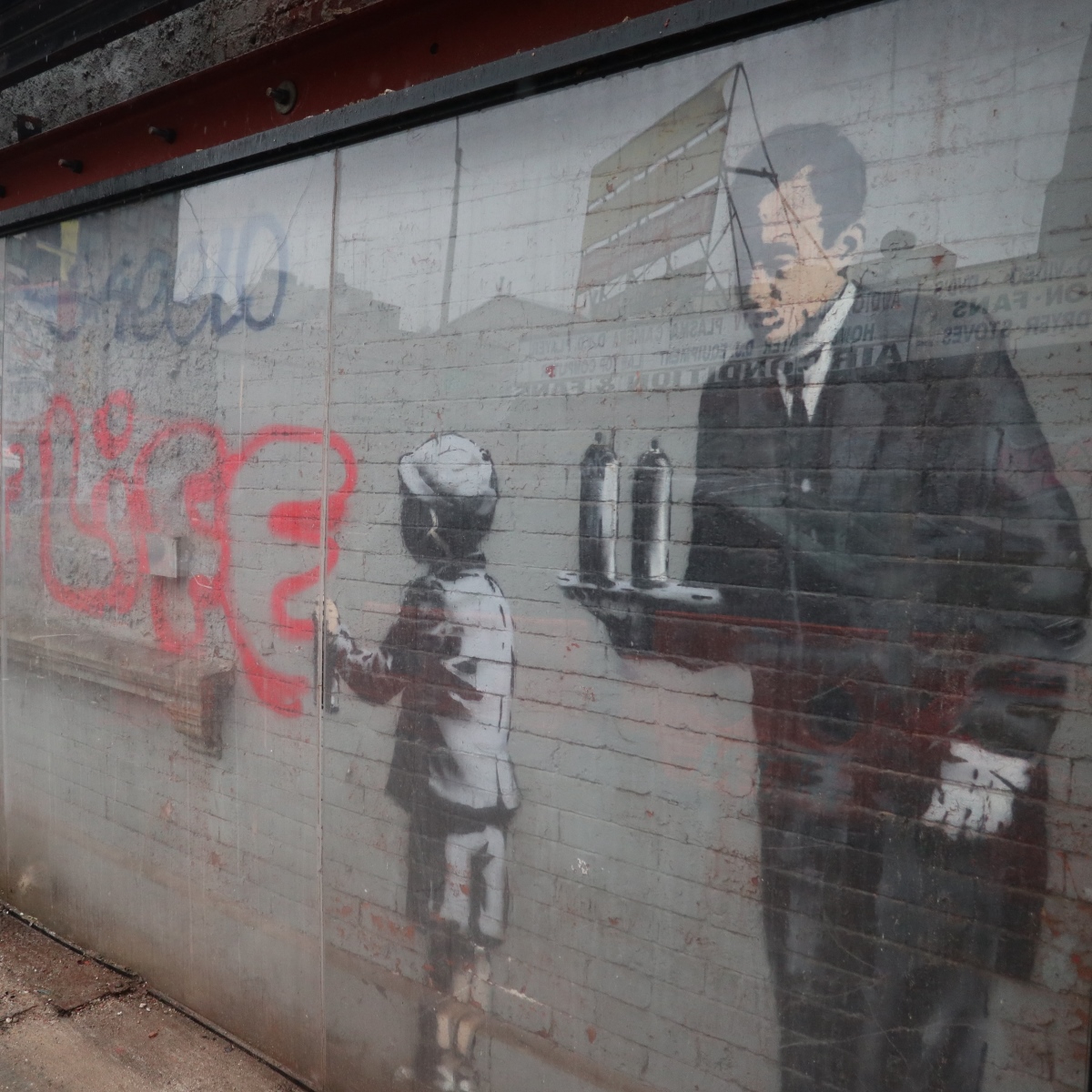On March 18, a new mural depicting a woman with a pressure washer standing next to a splash of green paint was spotted in London. The work was soon confirmed to be a piece by the legendary street artist Banksy. Just three days after its appearance, the mural was vandalized, which forced the authorities to take measures to protect it. After covering it with a protective screen, they ensured the residents they would continue to look for solutions to preserve the artwork so that the public could continue to enjoy it. But was that the right thing to do? And what is the point of street art preservation?
Street Art Preservation: An Act of Community Service or A Commercial Ploy?
While vandalism of Banksy’s art might be shocking to some, it is certainly not unheard of. Countless works by the famously anonymous street artist were stolen, ruined, painted over by the authorities, or otherwise removed from the public eye. For example, another piece by Banksy in London was stolen right in front of bystanders just an hour after its installation.
One of the reasons Banksy’s work is so sought-after is because of its immense value in the art market. For instance, his work “Love is in the Bin” was sold for $25.4 million, a new price set by Sotheby’s after Banksy shredded the painting during the sale. It is no wonder authorities worldwide do their best to ensure that street art by Banksy stays intact by sponsoring restoration projects and covering it with protective barriers. Not everyone is satisfied with this approach. After the restoration plans for a Banksy mural in Venice, which was weathered by air and water exposure, were announced, many art critics expressed their belief that the destruction of the work by natural forces was part of the artist’s intention.
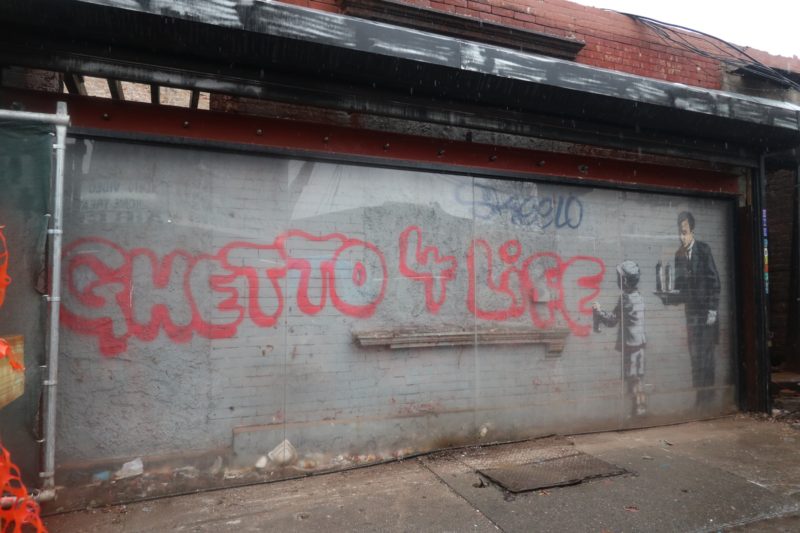
But what happens when a Banksy ends up on a privately owned property? Turns out not everyone is happy to be in the spotlight. Property owners in Lowestoft, UK, decided it would be better to sell the wall with Banksy’s work on it.
As you probably already know, Fine Art Shippers supervised a similar project earlier this year when we partnered with the structural steel company Chesakl to relocate a wall with a Banksy mural from New York to Connecticut. The building was up for demolition, and its owner, David Damagi, decided to save the artwork and move it to a new location where it would be safe and available for the public to enjoy. This was not our first Banksy rodeo. In 2019, we relocated another mural created by Banksy in Brooklyn.
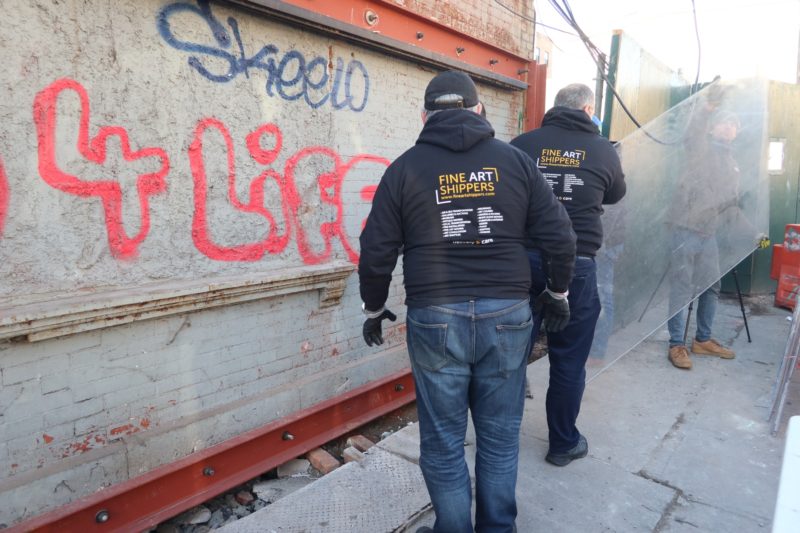
While New York is undeniably the cradle of street art, the practice of preserving graffiti and murals can be found around the world. In Russia, for example, these initiatives are often supported by private businesses. Russian street art is thriving, with artists selling their works at significant price points to reputable galleries. Still, many raise the issue of value and street art preservation.
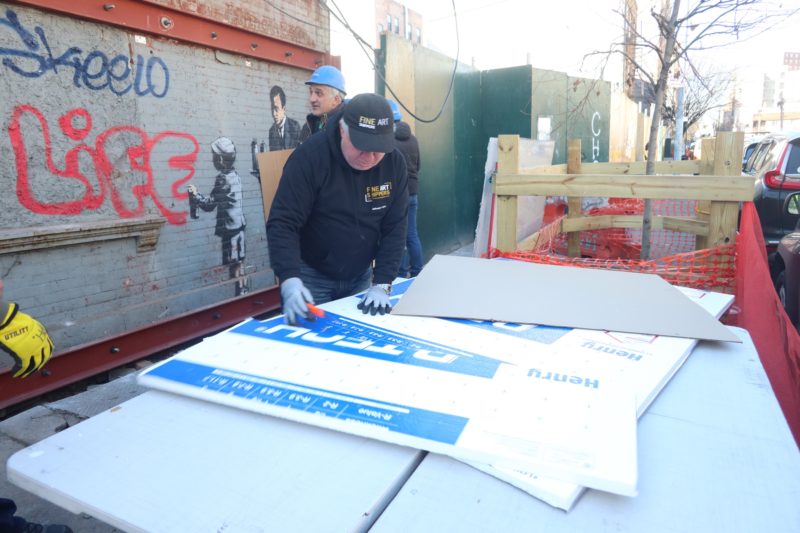
It's interesting that in Russia, there is an institution that specializes in preserving street art. Street Art Storage is an organization from St. Petersburg that collects, stores, and studies works created by “street wave” artists. Today, its collection includes over 450 items. While retrieving a work of art from its initial location can be necessary to ensure its preservation, most experts agree that street art is site-specific and needs to remain in its original environment if possible. The question of the artist’s consent should also be taken into consideration when restoring and exhibiting street art. Most street artists protest the restoration and commercialization of their work.
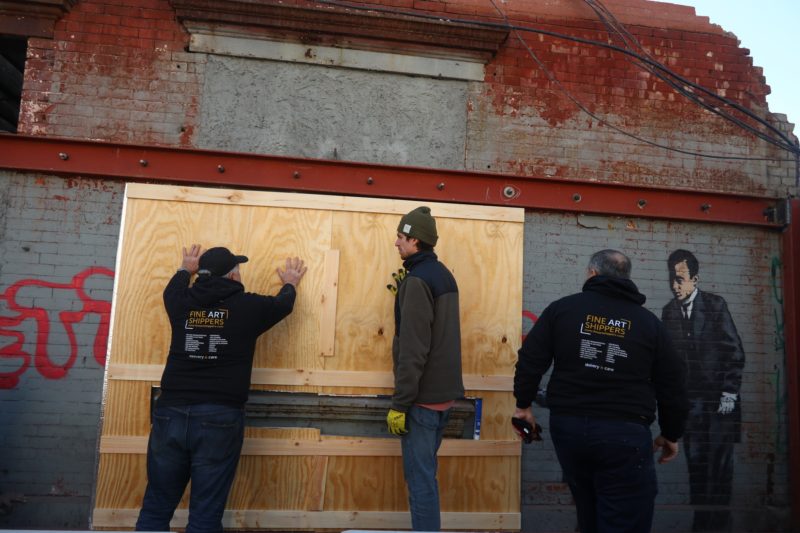
Ultimately, the question of street art preservation remains a complex issue with a long and controversial history. One is left to wonder whether art institutions and organizations are helping the cause of street artists by conserving their art or harming it by stripping these works of their original meaning.
